The Flora & Fauna
Flora - Plant life, especially indigenous plant life.
The Rocky Mountains of Colorado supports many different climate regions. Mountains interact with the weather systems which come from the West and North. Parts of the Western Slope of Colorado get so much moisture that they are able to grow peaches! Other parts are so dry as to be referred to as high desert.
Our valley in north central Colorado is on the dryer side of this continuum. We have abundant clear weather with about 14" of moisture a year.

Wildflowers bloom throughout the summer. They provide wonderful patches of color against the red/brown cliffs of Crazy Mountain. Our naturalist's wildflower hike is very popular with guests.
This bunch of purple Lupine is perched above the ranch. In the background the snow capped peaks of the Rawah Wilderness area are visible.
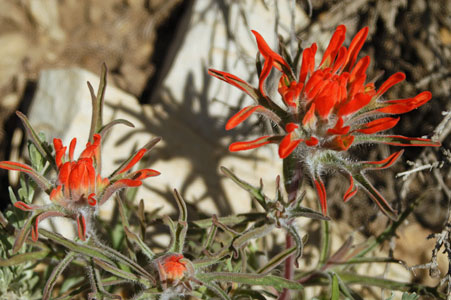
Indian Paintbrush dots the landscape. There are several different colors in our area including red, yellow, and white.
Its name comes from its history as a plant used by Native Americans to manufacture dyes.
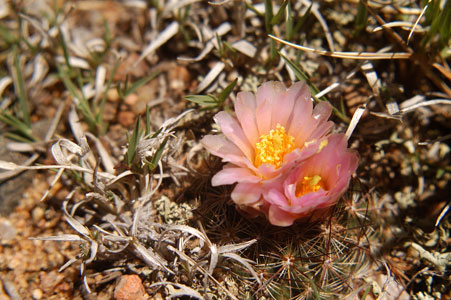
This Pin Cushion Cactus, also known as a Ball Cactus, is unobtrusive when not in bloom.
When the cactus blooms its pink blossoms are easily visible and quite lovely.

A Tiger Swallowtail butterfly feeds on Penstemon. Penstemon was used by Native Americans to relieve toothache. Its name is related to the fact that the plant possesses an unusual fifth stamen. More than 250 species of Penstemon have been identified.

The Rocky Mountain Iris appears each spring in our hay meadows. The abundant water supply, warm weather, and lots of sunshine provide all they need to flourish. Cattle find the plant distasteful. Also know as Western Blue Flag, this plant was also used by Native Americans for tooth ache.
Fauna - Animal life, especially indigenous animal life.
The Laramie River Valley has a tremendous abundance of wildlife in addition to the domesticated buffalo and cattle that are raised by the local ranchers.
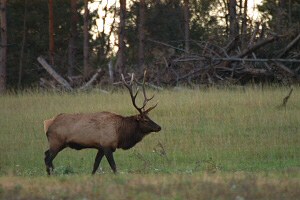
There are several large herds of elk that reside in the valley. Also known as wapiti, they are the largest species of deer in the world and one of the largest land mammals in North America. Bull Mountain is the winter home to a herd of over five-hundred head.

Both mule and white-tail deer live in the valley. The "mulies" keep to the slopes and only rarely venture down to the river. The white-tail, on the other hand, like the river bottom and remain there throughout the summer. We caught this young buck resting in the trees.

Moose normally stick to the borders of the Rawah Wilderness Area. Moose are solitary animals that do not form herds.
This cow and calf were spotted at the forest edge. Males have magnificant antlers which they loose every year. We occasionally find these sheds on our horseback rides.
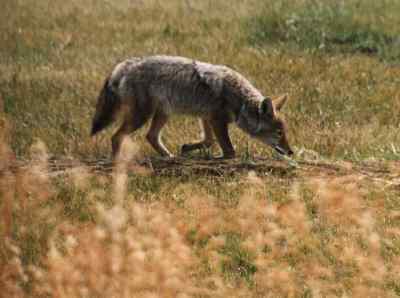
The coyote, also known as the American jackal, is shy and typically leaves the area when he spots humans. Their role is controversial because some believe that they can be a threat to newborn calves. For the most part, however, they prey on smaller animals or scavenge for their meals.
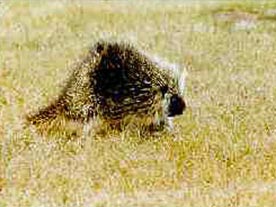
This porcupine was seen crossing a pasture. We usually see them clinging to the branches of trees. They consume the bark and live in the valley year round.
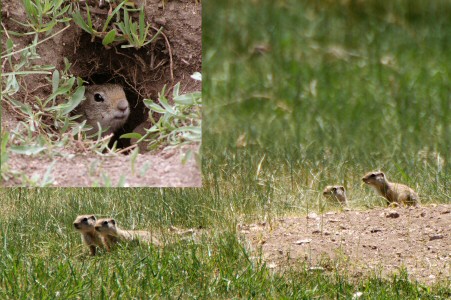
The Wyoming Ground Squirrel is a common sight during the summer months. They live in colonies. We often hear their warning chirps as we approach on horseback.
They are preyed upon by Badgers, Coyotes, and the birds of prey that hunt in our valley.
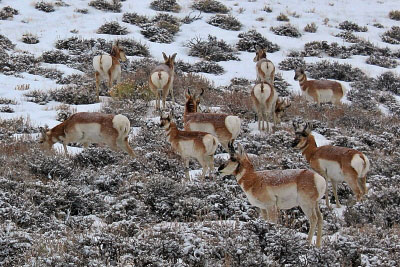
Pronghorn are native to our area. Often called Antelope, these speed demons are a completely different species. In nature, prey animals are closely matched to the abilities of the predators which hunt them. Yet Pronghorn are able to run much faster than Colorado's mountain lion. Biologists speculate that a faster cat, like a Cheetah, once roamed our hills.
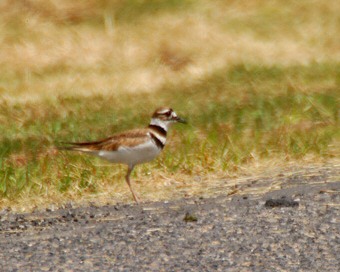
The Killdeer is an interesting bird. It nests on the ground and remains alert to predators. When riders approach it gets up off its nest and draws attention to itself with vocalizations and movement. It will go so far as to pretend that it has a broken wing to draw predators away from its nest.
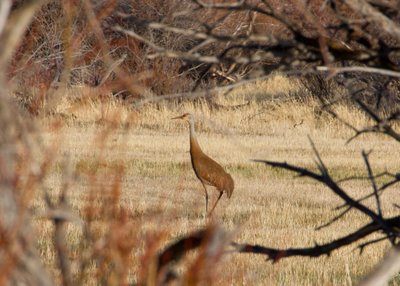
We see a wide variety of birds. During the summer you can expect to see numerous birds of prey including Bald Eagles, Golden Eagles, Red-tailed Hawk, and smaller Kestrels. We also have numerous non-prey species. These sand-hill cranes frequented our pastures last year. The leader is the mother of the two younger birds.
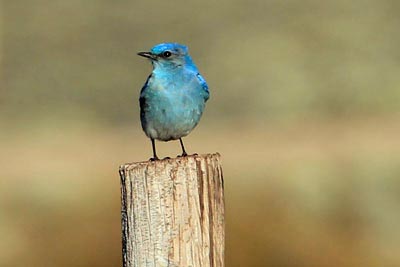
Mountain bluebirds are welcome each spring and stay through summer. Their color is brighter than their relatives from lower elevations. When they arrive their small flocks are vibrant dots on the fence lines.
More birds you might see while visiting LRR...
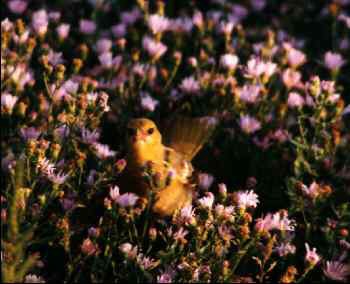
A female Western Tanager.
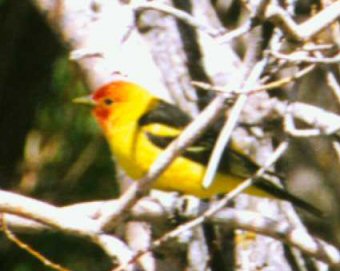
A male Western Tanager.
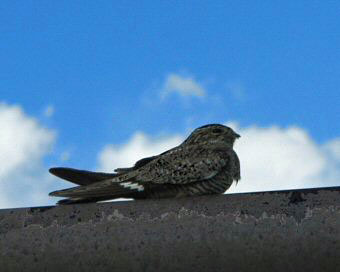
A Common Nighthawk.
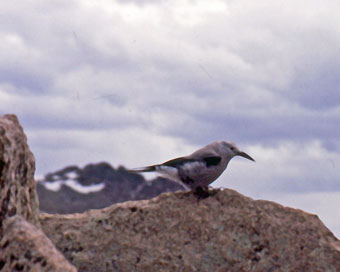
A Clark's Nutcracker.
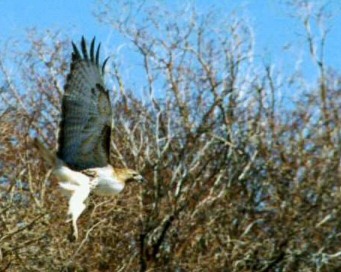
A Red-Tail Hawk.
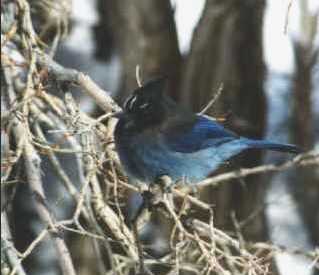
A Steller's Jay.
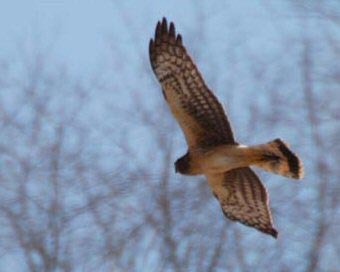
A Northern Harrier.
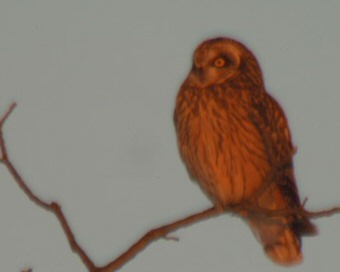
A Short Eared Owl.

A Green Tailed Towhee.

A House Wren.